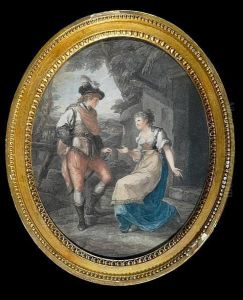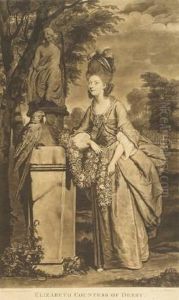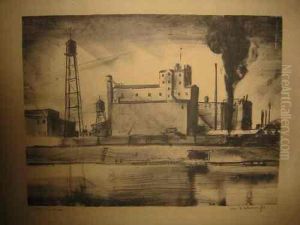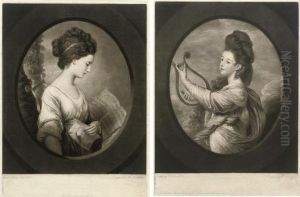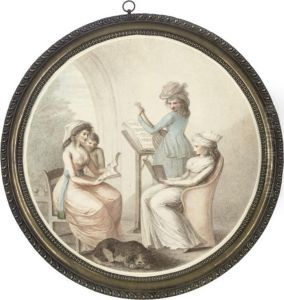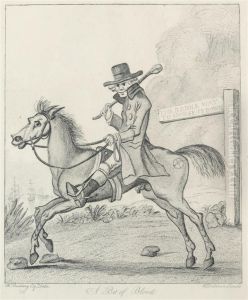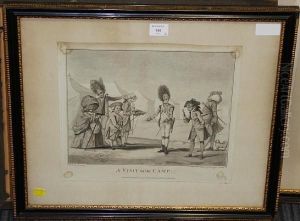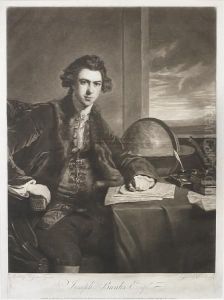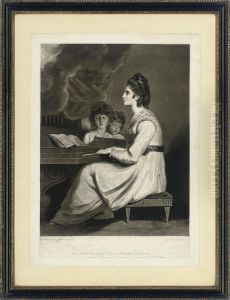William Dickinson Paintings
William Dickinson was a prominent British engraver and publisher of the 18th century, born in 1746. His career spanned several decades during which he became known for his remarkable skill in engraving, contributing significantly to the art world of his time. Dickinson's work encapsulated a variety of subjects, including portraits, landscapes, and historical scenes, showcasing his versatility and dedication to his craft.
Despite the commonality of his name, Dickinson distinguished himself in the competitive art scene of London. He apprenticed under notable figures and quickly gained recognition for his delicate and precise engraving style. Throughout his career, Dickinson worked with many leading artists of his day, translating their paintings into engravings that could be widely distributed. This not only helped popularize the works of contemporary painters but also made art more accessible to the public.
In the late 18th century, Dickinson opened his own publishing house, further expanding his influence in the art world. Through his publishing endeavors, he was instrumental in promoting the works of emerging artists, thereby shaping the tastes and interests of the art-buying public. His contributions were not limited to engraving and publishing; he was also involved in the artistic community, offering support and encouragement to fellow artists and engravers.
William Dickinson's legacy is reflected in the collections of major museums and galleries, where his engravings continue to be appreciated for their beauty and precision. Despite facing the challenges of a rapidly changing art market and the advent of new printing technologies in his later years, Dickinson maintained a steadfast commitment to his art until his death in 1823. His work remains a testament to the skill and dedication of engravers in the period, highlighting their crucial role in the dissemination and popularization of visual art.
